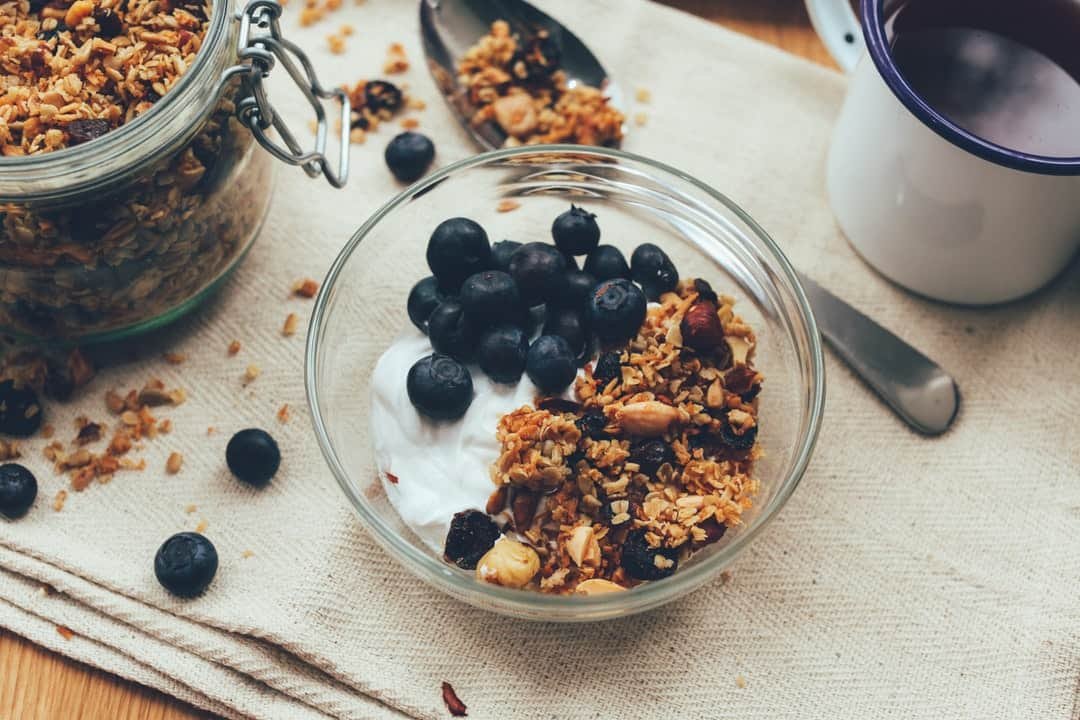Fruit is the best part of any homemade granola. That’s no secret. No one sneaks late-night handfuls of a granola that’s all oats.
Raisins are the most classic dehydrated fruit in the granola game. They come standard in most traditional recipes, but they are not the only dehydrated fruits in town.
There are so many more options of fruits that can add flavor, color, and texture to your granola. Read on as we give you a brief introduction to a few of them.
Sneaky-Good Fruits for Your Homemade Granola
We’ve scoured the globe for fruits to spruce up your granola recipes. You’ll see some familiar berries here, but you’ll also see some fruits you hadn’t considered. You might even find one you didn’t know existed!
Take a look.
Apricots
Apricots have been in North America for centuries, but their origins trace back to Armenia. The fruit’s scientific name is prunus armeniaca, which roughly translates to Armenian prune.
Their appearance in granola is a little less common, though people are catching on to the bright flavor dehydrated apricot can add.
Apricots are healthy too, with plenty of beta-carotene and fiber
Currants
They may look like the ever-familiar raisins, but currants are a dried fruit entirely unto themselves. There are subtle differences between currants, raisins, and sultanas that can be easy to miss. Most of them have to do with the plants from which they originate and the way they are dehydrated.
Currant is a popular ingredient in the UK, appearing as a flavor in teas and baked goods. The fruit’s tart taste makes it a great addition to granola too.
Cranberries
Cranberries bring a rich and varied flavor to granola that is hard to top. They can be tart, or they can be exceedingly sweet.
If you want a fun alternative to raisins, you can substitute cranberries for them completely.
Blueberries
Like currants, there are subtle distinctions between true blueberries and their close relatives like serviceberries, also known as Juneberries.
True blueberries are usually tiny and pack a big, sweet punch that blows away the bigger, more sour varieties. When you put them in your granola, you can get the taste of a whole bowl of morning oatmeal in a single handful.
Mangoes
There’s a steep learning curve when it comes to learning how to slice mangoes, but once you’ve learned, you can dehydrate those slices. When you add mango to a granola recipe, you get a tropical treat that surpasses the bland expectations some people have for their granola.
Go Forth and Granola
We hope this guide to fruits to add to your homemade granola has sparked your imagination. If you have the impulse to experiment in your kitchen, we’ve done our jobs right.
Check out our food dehydration tips if you need more suggestions.

